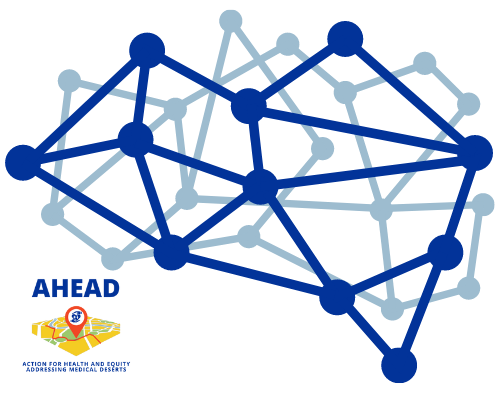Italy – Maria’s story
Maria is 70 years old and lives in Valle Agricola, a small rural town of 756 inhabitants in the province of Caserta, Campania.
Maria reports a testimony involving a friend of hers who, as a result of an accidental fall, suffered a fractured hip and who-because of the type of injury and her advanced age-needed immediate care. Instead, the lady was left waiting for the ambulance for more than two hours. This was because the vehicle was unavailable as it was engaged in another emergency intervention.
After the long wait, the lady was transported to Piedimonte Matese hospital, where she was admitted to the orthopaedic department and had the necessary surgery to repair the fracture. Thankfully, this time the long wait did not result in any further complications and the surgery was perfectly successful. The lady will be discharged in a few days.
But, on some occasions, unfortunately, these delays result in severe complications for the patient’s health, which can even become fatal in the most severe cases. Maria recounts that usually, when there are no other emergencies and the weather conditions are good, an ambulance takes about an hour to reach her village, otherwise it is possible, as happened in this case, that it takes hours for the paramedics to reach the place where they are required to intervene.
In addition to telling this story, Maria also calls for a reflection: “If we do not want our beautiful inner areas, to become deserts, we must ensure that they represent places where we can build innovation and opportunities for young people and ensure essential services for all. Article 3 of the Italian Constitution refers to “social dignity,” and this should apply to every citizen, including those of us who live far from the centers, in the so-called ” inner areas.” Because of our geographical location we are far from schools, hospitals and other health facilities, public administration offices and everything a citizen needs to enjoy that “social dignity, ” which should be an inalienable right.”






